What is Fault Indicator
Release time:2017-09-11 14:54:48
A fault indicator is a device which provides visual or remote indication of a fault on the electric power system. Also called a faulted circuit indicator (FCI), the device is used in electric power distribution networks as a means of automatically detecting and identifying faults to reduce outage time.
Overhead indicators are used to visualize the occurrence of an electrical fault on an overhead electrical system. Underground indicators, locate faults on an underground system. Often these devices are located in an underground vault. Some fault indicators communicate back to a central location using radio or cellular signals.
Basic principles
Typically fault indicators sense magnetic field caused by current flows through a conductor or cable. Some of them also use measurement of electric field caused by voltage in conductor.
During an electrical fault on a grounded system, additional current flows through a conductor, inducing a magnetic field, which is detected up by the fault indicator causing a state change on the mechanical target flag, LED, or remote indication device. Ground fault indicators for ungrounded systems sense the vector sum of the current and look for an imbalance indicating a fault on one or more of the three phases.
Systems with earthing through high resistance have low phase-to-ground fault currents so require high sensitivity of FI. In insulated neutral systems and systems with earthing through a Petersen Coil, ground faults cannot be located with classical FI's at all. Capacitive current appears in overall faulted system so directional fault location devices are required. Some modern network protection systems e.g. GFN have time to clear a fault as small as possible down to 60ms so fault indicators must not only be highly sensitive and directional but additionally very fast.
High-voltage fuses commonly drop down after operating, making it obvious where the fault is.
History
The first fault indicators came onto the market from Horstmann (Germany) in 1946. The E.O. Schweitzer Manufacturing Company (now a division of Schweitzer Engineering Laboratories, Inc.) introduced a product to the U.S.A in 1948. The first fault indicators were manual reset devices. Later fault indicators automatically reset on system restoration or after a set period of time. More recent fault indicators communicate their status (tripped or reset) via cell signal or radio to a central station, handheld device, or pole-mounted receiver.
Recent developments include a remotely programmable overhead line indicator, fault indication for paper-insulated lead cable, and an overhead fault indicator for mesh networks.
 Overhead Line Fault In
Overhead Line Fault In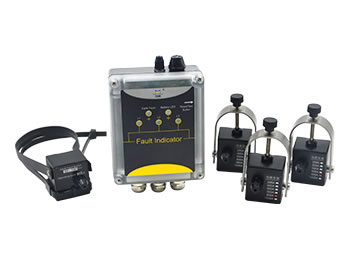 Wall-Mounted Cable Lin
Wall-Mounted Cable Lin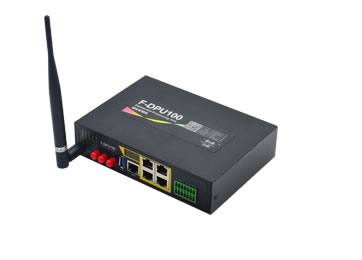 Protocol Converter Gat
Protocol Converter Gat Industrial Cellular Ro
Industrial Cellular Ro HV Power Line Security
HV Power Line Security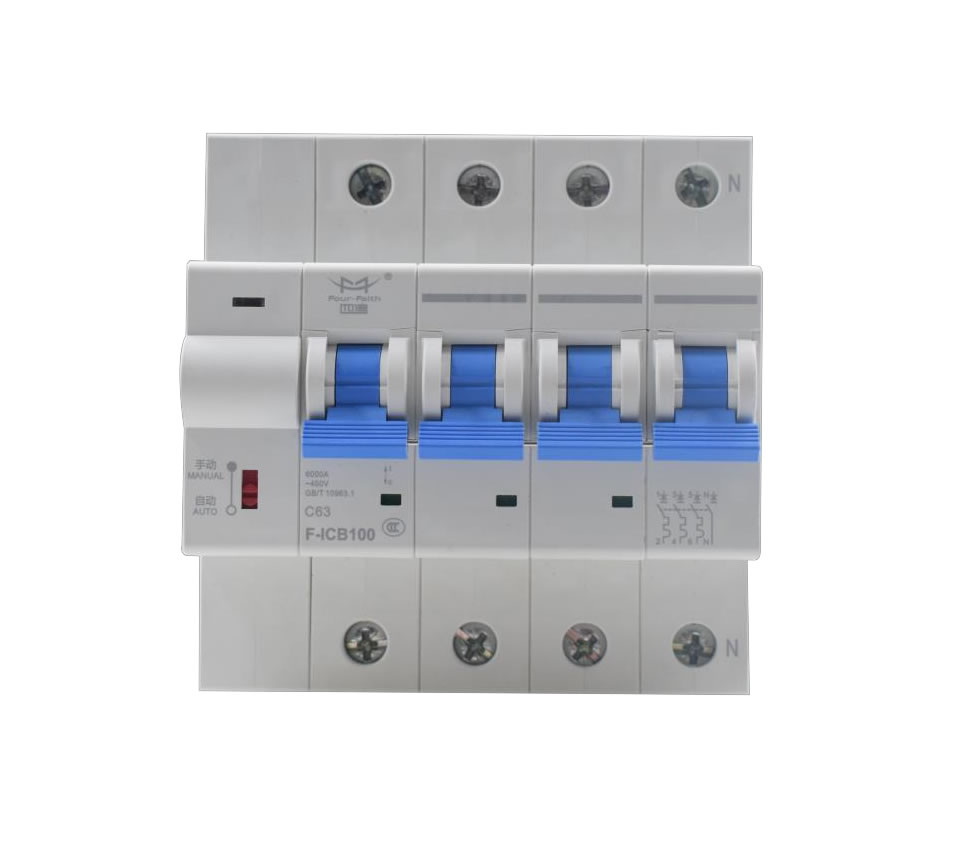 F-ICB100 380V smart ci
F-ICB100 380V smart ci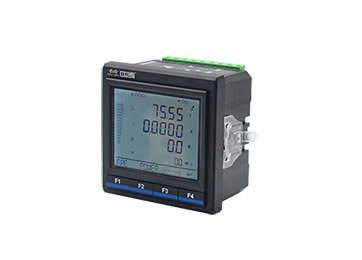 Multifunction Power Me
Multifunction Power Me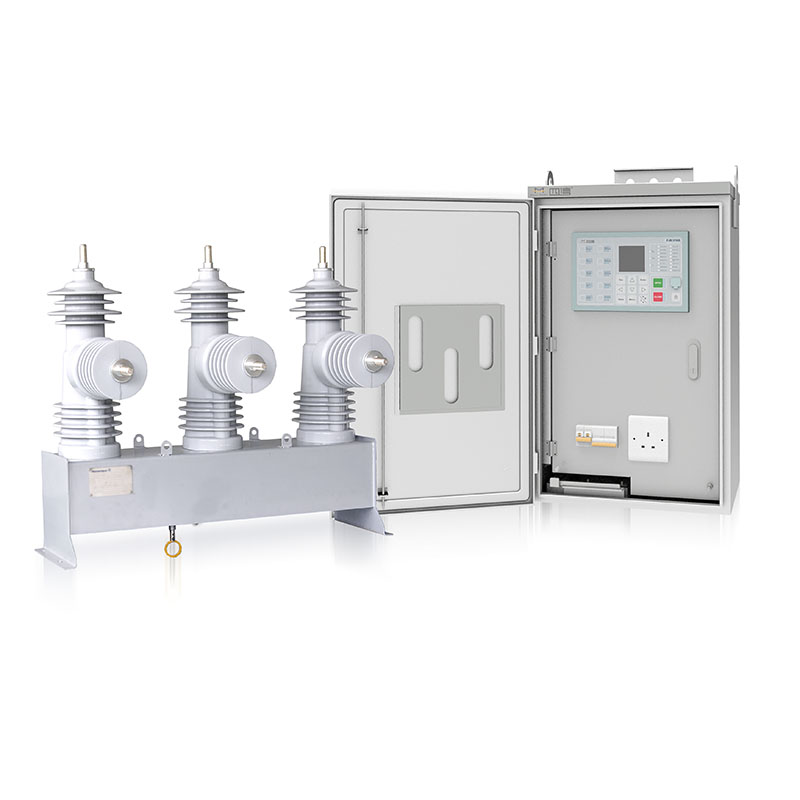 F-FTU200 Auto Circuit
F-FTU200 Auto Circuit  LoRa Module & Gateway
LoRa Module & Gateway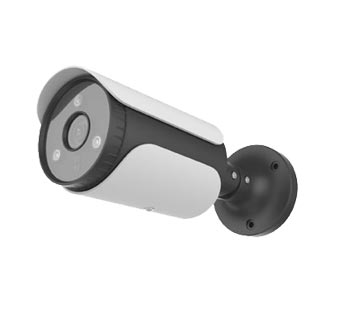 Network Camera
Network Camera Serial to Cellular
Serial to Cellular 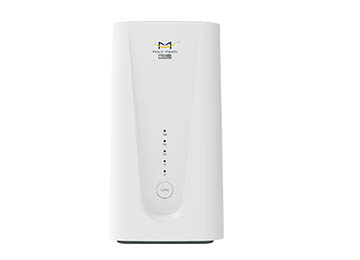 5G Router
5G Router 
 Chinese
Chinese
 Download
Download Demo
Demo Wiki
Wiki FAQ
FAQ themes
themes



